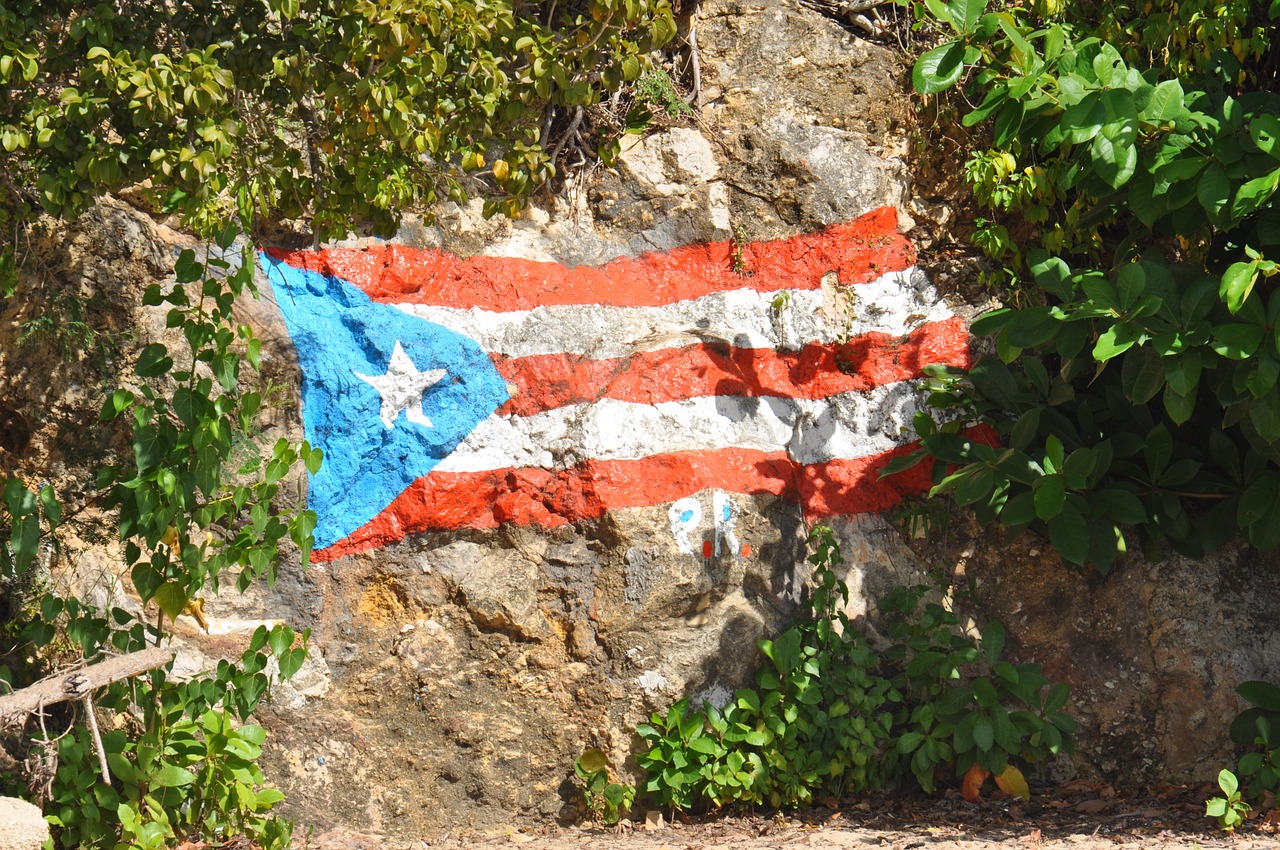Puerto Rico has had a long history of being harmed by Washington overreach. The island was once home to a thriving needlework industry until the federal minimum wage destroyed its competitive advantage. The same unintended consequence happened again in 1974 when increases in the minimum wage cut 32 percent of low wage jobs and triggered a mass migration off the island.
Q4 2020 hedge fund letters, conferences and more
Now history threatens to repeat itself once more as the Biden administration tries to more than double the federal minimum wage to $15/hour. Such an act would deal another blow to the struggling island—and many other parts of the United States.
By forcing up the cost of employment the minimum wage hurts the very people it tries to assist, and creates the real risk of losing their job altogether. Adjusting this single minimum wage by median household income gives us an idea of how widespread the disemployment effect in different states would be and illustrates why this One Best Way approach is so damaging to Puerto Rico and many other parts of the country.
The Impact of the Minimum Wage Changes By Geography
Anyone who’s passed introductory microeconomics knows that price controls, like the minimum wage, don’t always affect the market. A $50,000 minimum salary for medical doctors wouldn’t change anything because market forces already push their salaries well above that. But force cashier salaries to $50,000 and you’ll see a lot more self-checkout machines.
So it’s no surprise that the District of Columbia, with one of the highest median household incomes in the country, already has a minimum wage of $15/hour. (Some states have passed a $15 minimum wage but D.C.’s is the only one currently in effect.) When the typical household makes over $93,000 a year, $15 an hour doesn’t seem like that much.
The same cannot be said for states like Mississippi, Louisiana, West Virginia, and New Mexico—where the median household income is about half that of D.C.—and in Puerto Rico where it’s less than one-fourth. Typical incomes are even lower in rural areas. To impose a single $15/hour standard ignores this nuance. It pretends that everyone is in the same circumstances and has the same opportunities. Such thinking is like the conspiratorial ramblings of a drunk—with equal amounts of foolishness and confidence.
The Effective Minimum Wage for Some States Will Be Over $25/Hour
Even minimum wage advocates (should) recognize there are limits to boosting income by government fiat. While $15 may seem reasonable to its fans in D.C., Massachusetts and New Jersey, it’s easier to see the disemployment effects of a $25 or $30 minimum wage.
It’s helpful then to adjust the $15 minimum wage for 2019 median household income in every state and Puerto Rico to get an idea of what a uniform standard would mean for disparate parts of the country. (You can also adjust for cost of living, which is good for estimating what the real “living wage” is in various states. Adjusting for income is good for getting an idea of how many people will lose their job when a single minimum wage standard is imposed.)
Adjusting for household income isn’t perfect—household size also varies across states and within them—but it still tells us a lot about the employment dangers of Washington meddling. The results are sobering.
A $15/hour minimum wage in Puerto Rico is like a $68/hour minimum wage in D.C.. Half of all states would have an effective minimum wage more than $20/hour. Mississippi’s would be more than $30/hour. These are huge numbers—it’s easy to see how such a radical and uniform increase could lead to a great deal of hardship for struggling Americans.
| Jurisdiction | Effective MW | Jurisdiction | Effective MW | |
| Alabama | $24.85 | Montana | $23.20 | |
| Alaska | $17.82 | Nebraska | $19.11 | |
| Arizona | $19.76 | Nevada | $19.70 | |
| Arkansas | $25.61 | New Hampshire | $16.07 | |
| California | $17.88 | New Jersey | $15.92 | |
| Colorado | $19.26 | New Mexico | $26.30 | |
| Connecticut | $16.00 | New York | $19.44 | |
| D.C. | $15.00 | North Carolina | $22.84 | |
| Delaware | $18.82 | North Dakota | $19.94 | |
| Florida | $23.93 | Ohio | $21.60 | |
| Georgia | $24.66 | Oklahoma | $23.51 | |
| Hawaii | $15.87 | Oregon | $18.77 | |
| Idaho | $21.17 | Pennsylvania | $19.79 | |
| Illinois | $18.77 | Puerto Rico | $68.00 | |
| Indiana | $20.94 | Rhode Island | $19.91 | |
| Iowa | $21.14 | South Carolina | $22.52 | |
| Kansas | $19.09 | South Dakota | $21.74 | |
| Kentucky | $25.09 | Tennessee | $24.66 | |
| Louisiana | $27.01 | Texas | $20.71 | |
| Maine | $20.99 | Utah | $16.52 | |
| Maryland | $14.61 | Vermont | $18.80 | |
| Massachusetts | $15.92 | Virginia | $17.18 | |
| Michigan | $21.78 | Washington | $16.94 | |
| Minnesota | $17.15 | West Virginia | $26.01 | |
| Mississippi | $31.18 | Wisconsin | $20.74 | |
| Missouri | $23.05 | Wyoming | $21.44 | |
| Source: Census |
Some might argue that Puerto Rico’s low income justifies the higher minimum wage. This is how poverty wages will finally rise! But it is the country’s structural problems—including government overspending and a low-skilled workforce—that are to blame. Forcing wages higher will make it worse, not better. It is the scarcity of contribution, not government decree, that ultimately determines how much a person earns.
There Is No One Best Way
In the 1999 book The Future and Its Enemies, Virginia Postrel described the preferred plan of technocrats as the “one best way.” Technocrats tell themselves that progress can be managed and they can render the world safe and stable. “The one best way” (their way) means they determine how the world changes. They choose the winners. They establish the values. They brush aside nuance and force a single standard on everyone “for their own good,” whether it be on immigration quotas or education standards or minimum wages.
Fans of the one best way are so enamored with the beauty of their plan, so thoroughly impressed with their own brilliance, they cannot fathom that anything could go wrong or that any reasonable person could oppose them. They forget that people are different and have their own dreams and constraints. They forget that groups are made up of individuals. They forget there is no one best way. The best wage varies from state to state, county to county, person to person.
While a federal $15 dollar minimum wage will help some people, it will hurt many others. Some (if we’re lucky just a few) of the harmed workers will be in high-income areas but the minimum wage increase will devastate the poorest parts of the country.
Pushing a single uniform standard on a diverse group may be what governments do best but its cruel consequences are so predictable, so well documented, it’s overly-generous to call them “unintended.”

David Youngberg
David Youngberg is an associate professor of economics at Montgomery College in Rockville, MD.
This article was originally published on FEE.org. Read the original article.
![]()

